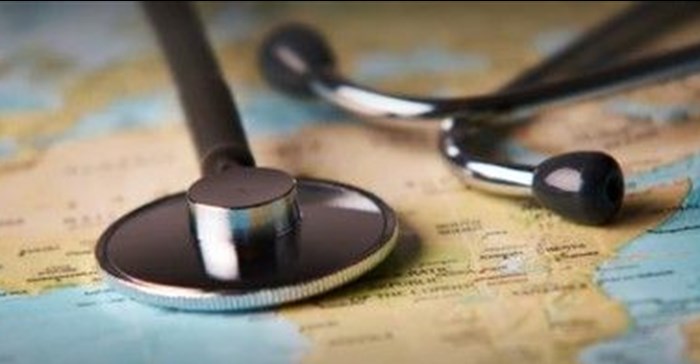African Development Bank Group approves historic health infrastructure strategy

The strategy was developed in response to a call by the Bank’s governors for the institution to define its role in addressing Africa’s health infrastructure deficits, highlighted by the ongoing pandemic.
The strategy focuses on three categories of health infrastructure that match the African Development Bank’s comparative advantage, providing the flexibility to respond to the diverse needs of the Bank’s African member countries.
It will be anchored in national health systems and sets out three cross-cutting themes: improved internet and communications technology connectivity, strengthening health information systems and support innovation; promoting regional collaboration and harmonising health policies and regulation; and policy dialogue and technical assistance.
Health insurance and social protection
“We must give hope to the poor and the vulnerable, by ensuring that every African - regardless of their income level - gets access to quality healthcare, as well as health insurance and social protection,” Bank President Dr Akinwumi A. Adesina commented.
The strategy is in line with one of the African Development Bank’s high five strategic priorities, namely improving the quality of life for the people of Africa. It also echoes the objectives of the United Nations Sustainable Development Goal 3 regarding good health and wellbeing, as well as the African Union’s Agenda 2063 plan to transform Africa into a global powerhouse. In addition, it forms part of broader efforts by the African Development Bank to expand access to healthcare on the continent.
"Only half of primary healthcare facilities in sub-Saharan Africa have access to clean water and adequate sanitation."
The Covid-19 pandemic has further exposed shortcomings in national health systems in Africa, overwhelming testing and treatment capacity. In future, Africa’s growing population will place further strain on infrastructure. Health facilities are unevenly distributed, with major gaps in rural areas. Only half of primary healthcare facilities in sub-Saharan Africa have access to clean water and adequate sanitation and only a third have access to reliable electricity.
Against this backdrop, a grossly underfunded healthcare system in Africa, needs around $26bn in annual capital investments. As part of its health agenda, the African Development Bank has committed to investing $3bn in Africa’s pharmaceutical industry over 10 years. The Bank also launched a multibillion dollar Covid-19 Response Facility to support its regional members through the pandemic.
“The three pillars and crossing cutting themes give the Bank the flexibility to respond to the diverse needs of different regional member countries in a more impactful and sustainable manner,” said Dr Beth Dunford, the Bank’s vice president for Agriculture, Human and Social Development, who welcomed the Board’s approval of the Strategy. “The Quality Health Infrastructure for Africa strategy sets out how the Bank will build up and consolidate its comparative advantage in health infrastructure and contribute to improving the quality of life for the people of Africa,” she added.
The strategy was overwhelmingly endorsed through a series of consultations with, among others, health ministers of the Bank’s 54 regional member countries; development partners and civil society.
Source: African Press Organisation

APO is the sole press release wire in Africa, and the global leader in media relations related to Africa. With headquarters in Dakar, Senegal, APO owns a media database of over 150,000 contacts and the main Africa-related news online community.
Go to: www.bizcommunity.com/PressOffice.aspx?cn=apogroup








